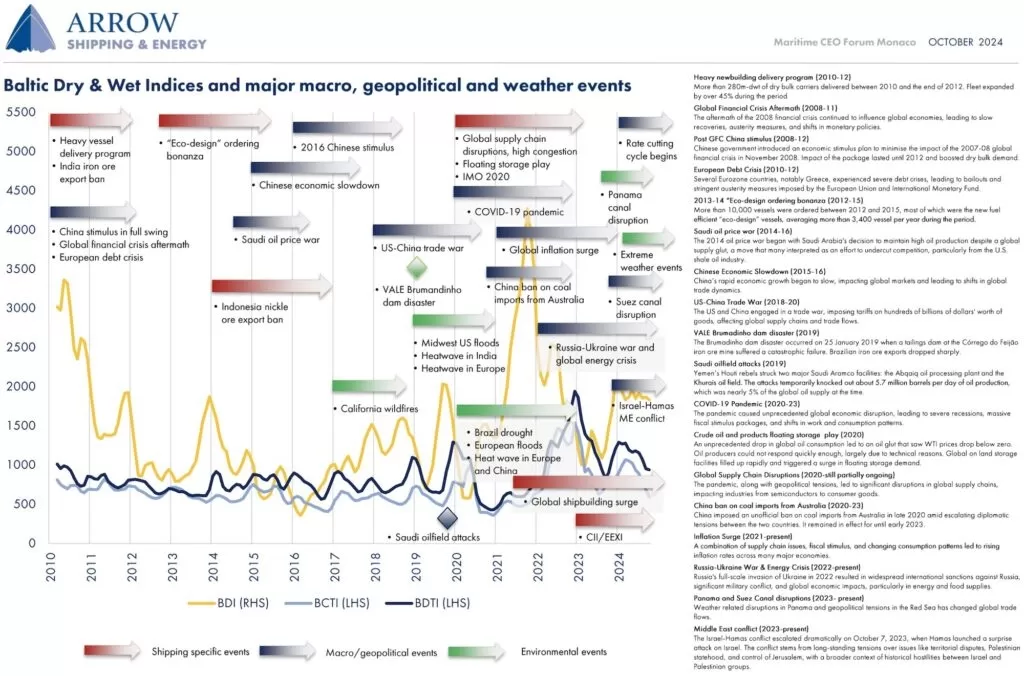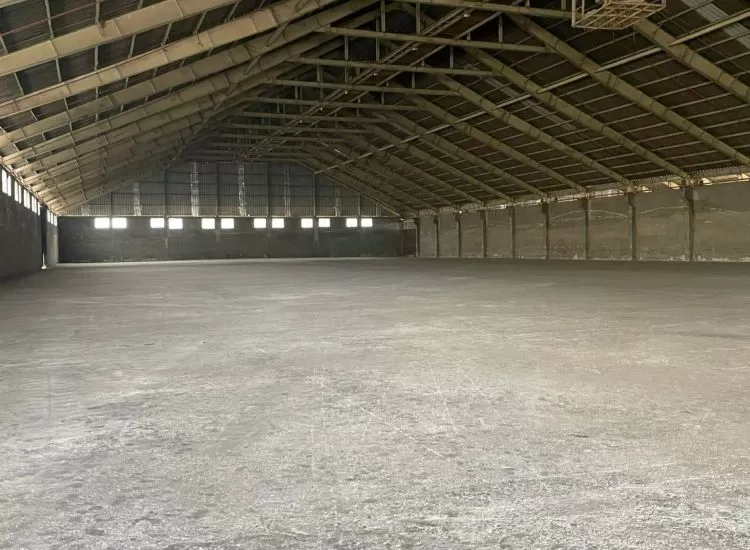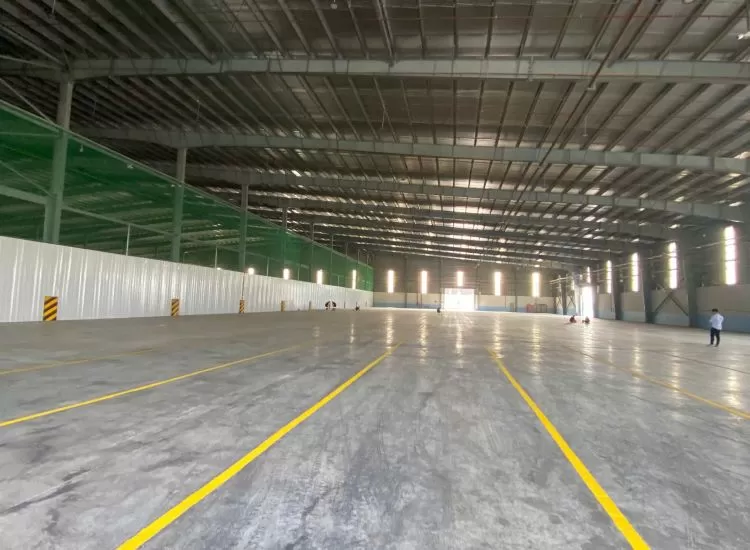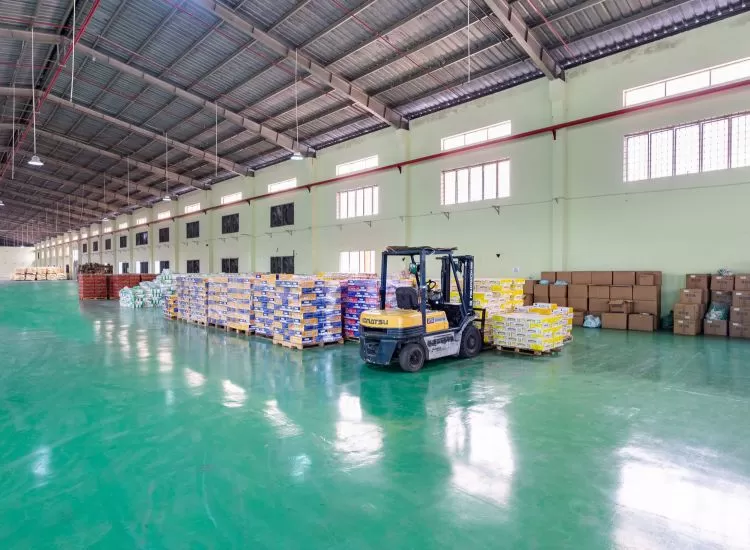Shipping looks back at a turbulent year in the Red Sea and 1,000 days of war in Ukraine
Analysing the impact of the Red Sea crisis and the war in Ukraine on the global shipping industry, and predicting potential challenges and upheavals ahead.
.webp)
Today marks the first anniversary of the start of the Red Sea crisis as well as the 1,000th day since the start of the war between Russia and Ukraine - two events that have shaken the shipping industry.
On 19 November last year, Houthi militants attacked the Bahamian-flagged Galaxy Leader, taking the car carrier and its 25 crew members hostage, kicking off a long campaign against international merchant shipping that has seen more than 120 vessels attacked by drones and missiles, and the Red Sea becoming a no-go zone for a significant portion of the international merchant fleet.
Another anniversary this Tuesday that has reshaped global sea trade routes is the 1,000th day since the start of Russia’s invasion of Ukraine, a military campaign that has changed shipping patterns in the Black Sea, as well as rerouting Russian exports and marking a significant increase in the so-called “shadow tanker fleet.”
It would be no surprise if new flashpoints flare up in 2025
“The Russia/Ukraine war and the Red Sea crisis are both examples of a world where geopolitical instability is on the rise,” said Lars Jensen, CEO of consultancy Vespucci Maritime, who has been providing daily updates on the Red Sea shipping crisis via LinkedIn for the past year.
“Looking at 2025 it appears that we might see the Russia/Ukraine war find an uneasy solution whereas there is no indication that the Red Sea crisis has a short-term solution,” Jensen told Splash, adding: “Furthermore, the increasingly volatile geopolitical reality means that it would not be surprising if new flashpoints flare up in 2025, impacting shipping.”
“Shipping, trade, marine safety, and not least seafarers have become hostages to those who do not put any value on human life,” commented Michael Gray, one of the world’s most respected shipping commentators.
Last month’s Maritime CEOs’ Meeting at the Monaco Yacht Club opened with a new session titled The Big Issues, in which two shipowners, a manager and an analyst were asked about how the 2020s are shaping up to be one of the most disruptive decades for shipping in living memory.
I don’t remember any other time, at least in recent history, where we have two active major conflicts going on at the same time. You’ve also had two of the major canals, the Panama Canal and Suez Canal, disrupted, China potentially going through its worse economic slowdown, and at the same time, we have all these regulations kicking off,” Burak Cetinok, head of research at Arrow Shipbroking, told the exclusive, invite-only group of shipowners. Graham Porter, chairman of Tiger Group Investments and one of the co-founders of Seaspan, warned attendees: “The world is breaking apart. I think that’s what’s causing all this chaos. We’re on a very different trend. It’s no longer collaboration, it’s independent pull. Pull your resources and hold them yourself.”
“The roaring twenties will have many more seismic shifts to come,” René Kofod-Olsen, CEO of ship management company V.Group, predicts, joking: “You don’t enter shipping to have a quiet life.”
Jan Rindbo, CEO of Danish shipping giant Norden, notes that today’s global fleet is built for a fully optimized trade.
“This is why we have great markets because we’ve seen this fragmentation with Russia, Red Sea or whatever it is,” he explains. “So I think fragmentation will mean you need more ships to transport the same volume of cargo.”
Below is a chart created specifically for the Maritime CEO Forum, highlighting the key events that have shaped the increased volatility the shipping industry has faced in recent years.

See more:
- International shipping and logistics market update - Week 46/2024
- Long Beach Breaks Record with Nearly 1 Million TEUs in a Month
- Port of Hamburg reaches 5.8 million TEU in the first nine months of the year
- COSCO SHIPPING's investment in Chancay Port in Peru begins operations
- ILA Cancels Contract Talks with US East Coast Ports
- Port of Melbourne sees container volumes increase in September
- Trump Wins US Presidential Election – 10 Key Questions for Container Shipping
- International shipping and logistics market update - Week 45/2024
Source: Phaata.com (via Splash247)
Phaata.com - Vietnam's First International Logistics Marketplace
► Find Better Freight Rates & Logistics Services!






























.webp)










.webp)